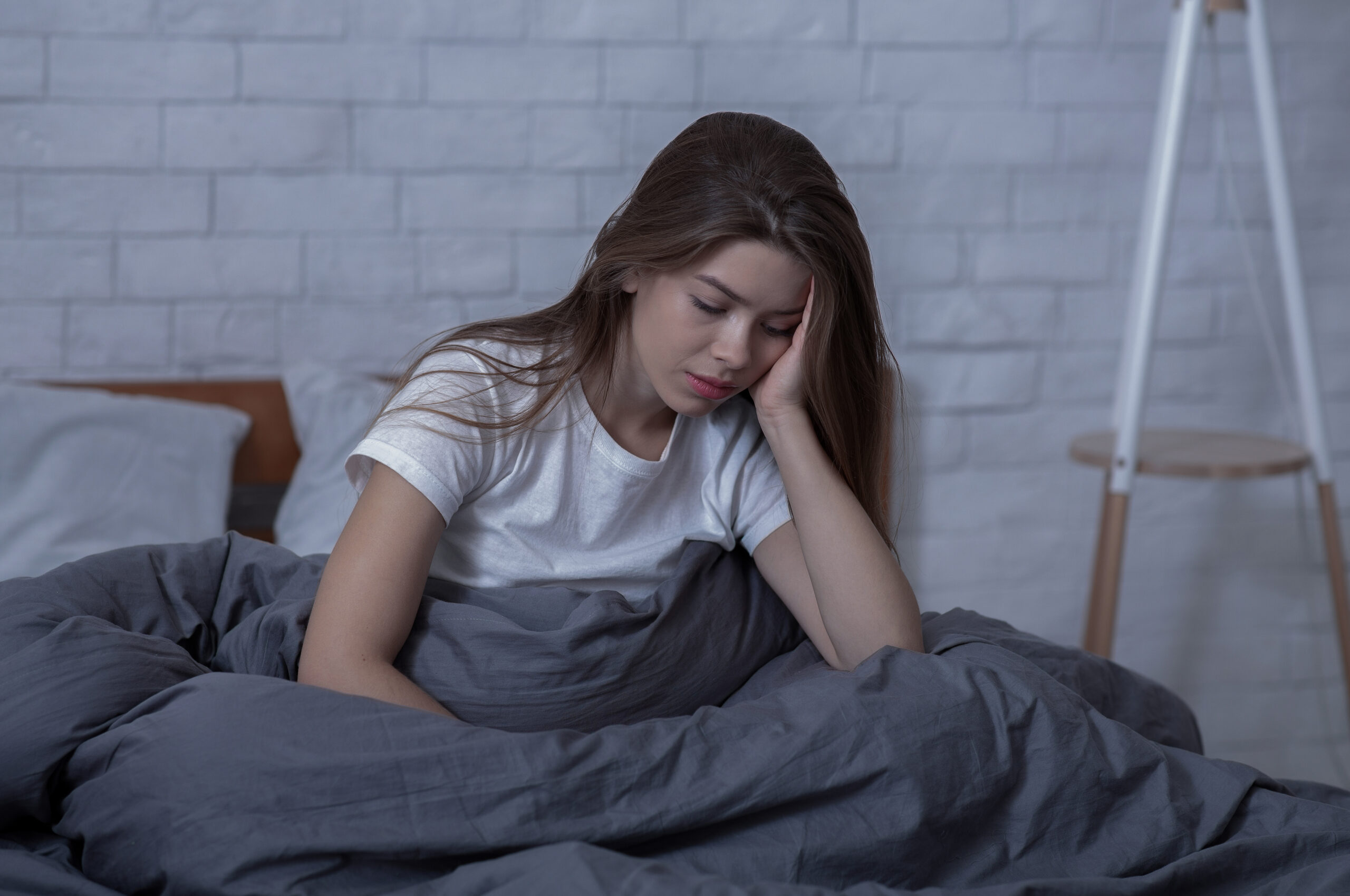1 in 5 adults in the USA struggles with mental illness, and over 20 millions Americans age 18 and older have a mood disorders . It is estimated that about 85% of people suffering from depression have significant anxiety which causes constant fear, panic, sweaty hands, and overwhelming worries (Tiller, 2013).
Herbal medicine can be a valid adjunct to mood disorder treatment. There are several herbs with sedative, hypnotic, nervine tonic, and mood modulating properties. This is not meant to be an extensive review, by any means. But if you would like more information, please comment on the article and I will work on another piece.
Hypericum perforatum (St. John’s Wort) is probably one the most researched herbs with antidepressant effects. Clinical studies show that the herb contains several compounds (naphthodianthrones, flavonoids, lipophilic compounds, tannins, and phenolic compounds) that act on mitochondria, stimulate capillary blood flow, and inhibit neuronal reuptake of serotonin, dopamine, noradrenaline, GABA, and L-glutamine (Klemow, 1970). Hypericum perforatum is used successfully for the treatment of mild to moderate depression, and, like Scutellaria Lateriflora, it has calming yet uplifting effect.
Piper methysticum (kava) is a psychotropic herb with anxiolytic properties used to treat generalized anxiety disorder (GAD). Kava influences GABA pathways, reducing anxiety and pain (Savage et al., 2015). It is also effective against insomnia, and it has neuroprotective properties. Kava can help to reduce anxiety and relieve insomnia and other symptoms caused by benzodiazepine withdrawal.
Scutellaria Lateriflora (skullcap) is a nervine tonic that has been used to help with nervous exhaustion, epilepsy, hysteria, insomnia, and depression. (Bone & Mills, 2013).
Valeriana Officinalis (valerian) is an herb with sedative properties that has long been used to treat sleep disorders, depression, anxiety, chronic fatigue, epilepsy, and attention deficit-hyperactivity disorder (Pizzorno & Murray, 2020). In the animal model, valerian affects GABA pathways in a way similar to benzodiazepine medication (Murphy et al., 2010). In vitro studies show that valerian also has neuroprotective properties (Bone & Mills, 2013). Insomnia and disturbed sleep are common symptoms of depression, anxiety and bipolar disorder.
Bacopa Monniera is a nootropic Ayurvedic herb that has been traditionally used to improve memory and cognition. It has sedative properties and is also used to control seizures. Studies show that the herb is effective in improving cognition and delaying aging, and its high antioxidants content protects against cell damage (Rankin-Box, 2005). Bacopa Monniera also relieves anxiety and depression symptoms.
References
Bone, K., & Mills, S. (2013, pp 270-276, 699-700, 923-926). Principles and practice of phytotherapy modern herbal medicine (2nd ed.). Edinburgh Churchill Livingstone, Elsevier.
Klemow, K. M. (1970, January 1). Medical Attributes of St. John’s Wort (Hypericum perforatum). Herbal Medicine: Biomolecular and Clinical Aspects. 2nd edition. https://www.ncbi.nlm.nih.gov/books/NBK92750/
Murphy, K. et al. (2010, July). Valerian officinalis root extracts have potent anxiolytic effects in laboratory rats. Phytomedicine (pp. 674-678). https://doi.org/10.1016/j.phymed.2009.10.020
Pizzorno, J. E., & Murray, M. T. (2020). Textbook of Natural Medicine-E-Book. Elsevier Health Sciences.
Rankin-Box, D. (2005). Welcome to Complementary Therapies in Clinical Practice. Complementary Therapies in Clinical Practice, 11(1), 4. https://doi.org/10.1016/j.ctcp.2004.11.005
Savage, K. M, Stough, C. K., Byrne, G. J., Scholey, A., Bousman, C., Murphy, J., Macdonald, P., Suo, C., Hughes, M., Thomas, S., Teschke, R., Xing, C., & Sarris, J. (2015). Kava for the treatment of generalized anxiety disorder (K-GAD): study protocol for a randomized controlled trial. Trials, 16, 493. https://doi.org/10.1186/s13063-015-0986-5 Tiller J. W. (2013). Depression and anxiety. The Medical journal of Australia, 199(S6), S28–S31. https://doi.org/10.5694/mja12.10628

